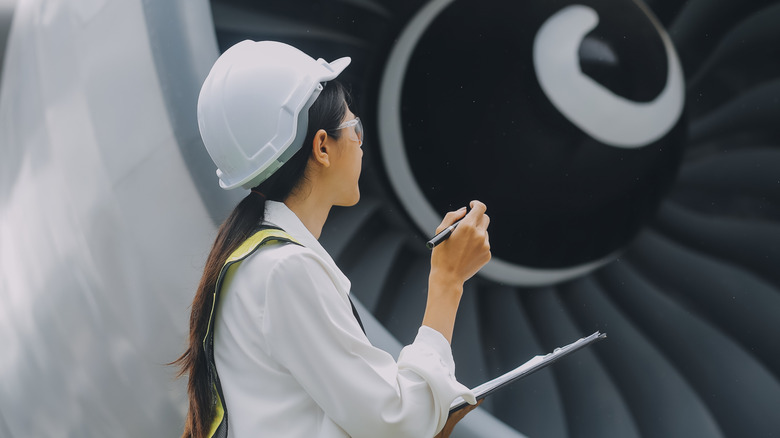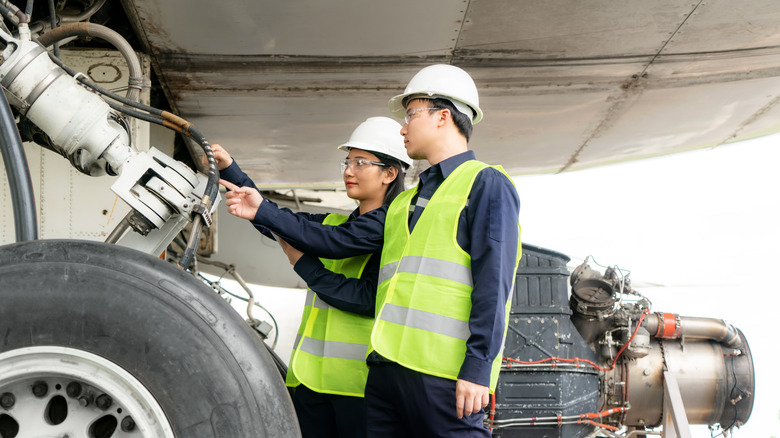What Does TBO Mean In Aviation, Why Is It Important For Airplane Safety?
The design and engineering of aircraft are focused on safety, endurance, and durability. This is because an airplane is subjected to stress each time it is flown. This stress is caused by repeated takeoff and landing, along with the speed, altitude, temperature changes, and atmospheric pressure. Over time, these factors result in metal fatigue and damage to the aircraft's structure and components. This is why regular maintenance is essential for airplanes to continue to operate safely, reliably, and in optimal condition. Aircraft maintenance is a complex process, and one important aspect is called time between overhauls, or TBO.
Time between overhauls is a manufacturer's recommended operating hours or duration before an aircraft engine or other component needs a total overhaul. This prevents potential failures by ensuring that vital components are examined, repaired, or replaced at correct intervals. Surprisingly, despite its importance for aircraft maintenance, TBO isn't required for the majority of general aviation or non-commercial operations and is not legally mandated for every aircraft.
Aircraft not following a TBO timetable are those that fall under Federal Aviation Regulations (FAR) Part 91. These include small general aviation aircraft, single-engine piston aircraft, helicopters, and larger private jets or commercial aircraft that do not operate under certain conditions. For operators who do not adhere to TBO, a different type of authorized maintenance schedule is used. Called the Continuous Airworthiness Maintenance Program, or CAMP, this program permits adjustments to the maintenance intervals using reliability data.
Maintenance is vital to safety
The importance of TBO is to guide aircraft operators on when an overhaul should be done, and each manufacturer has different hour limits for its engines. TBO is not limited to the aircraft engine alone, as other important components that are subjected to stress, such as turbine parts and the airframe, are also covered. In addition, following the suggested intervals set by the TBO allows operators to identify, repair, or replace worn parts sooner, which mitigates potentially more costly damage if left undetected. Lastly, updated maintenance prolongs an aircraft and its engine's lifespan and helps preserve peak performance.
Aircraft, similar to vehicles and other machinery, require upkeep and servicing, and some aircraft even have oil changes. However, the maintenance process for aircraft is far more complex, requiring a substantial amount of labor and time. An aircraft overhaul is a detailed and thorough process of dismantling, examining, fixing, and reassembling important systems or components. But while servicing the aircraft is a demanding exercise, it ensures the aircraft runs properly, reducing downtime and increasing operational uptime.
Although aircraft overhauls require downtime and are costly, the long-term benefits outweigh the cost. Time before overhaul inspections can recognize potential issues early and address what needs to be done, minimizing the risk of engine breakdowns, which will entail expensive downtime or, worse, accidents. At its core, TBO is a recommended and preventive measure to ensure aircraft reliability. By providing specific time periods for inspections, TBO can help assess the airworthiness of even old and heavily used aircraft, ensuring safer travel for everyone worldwide.

